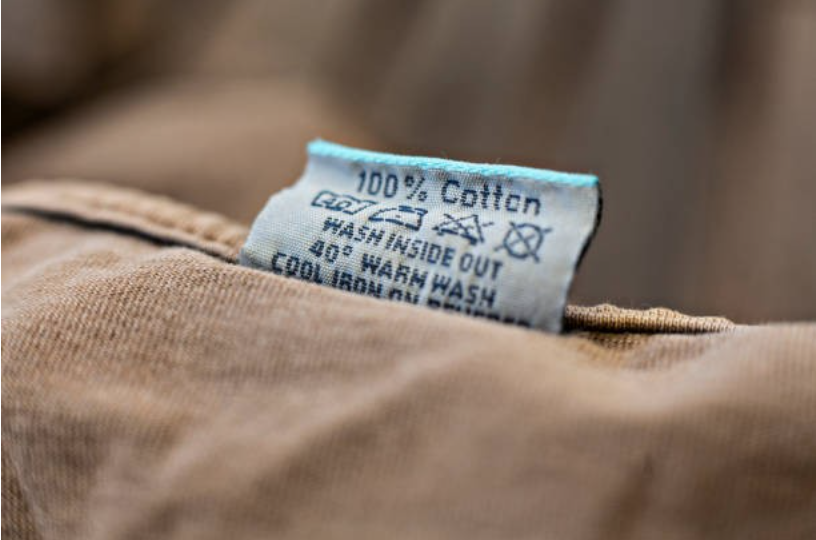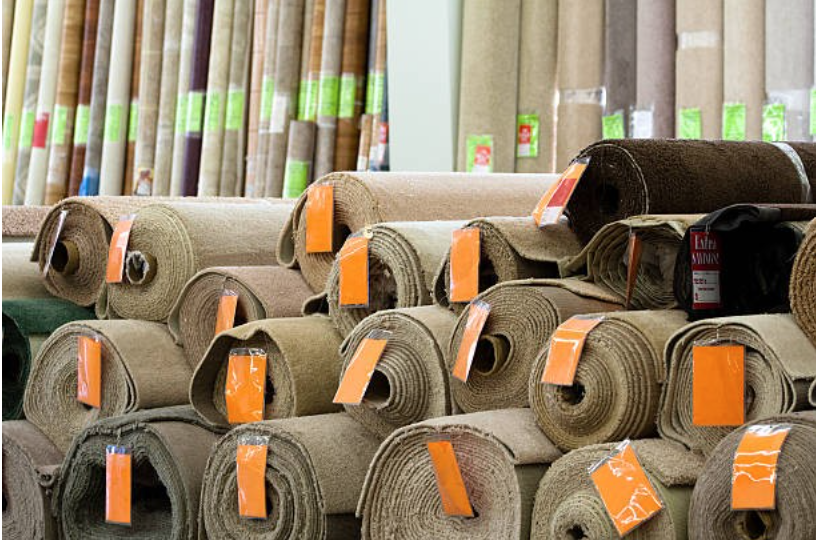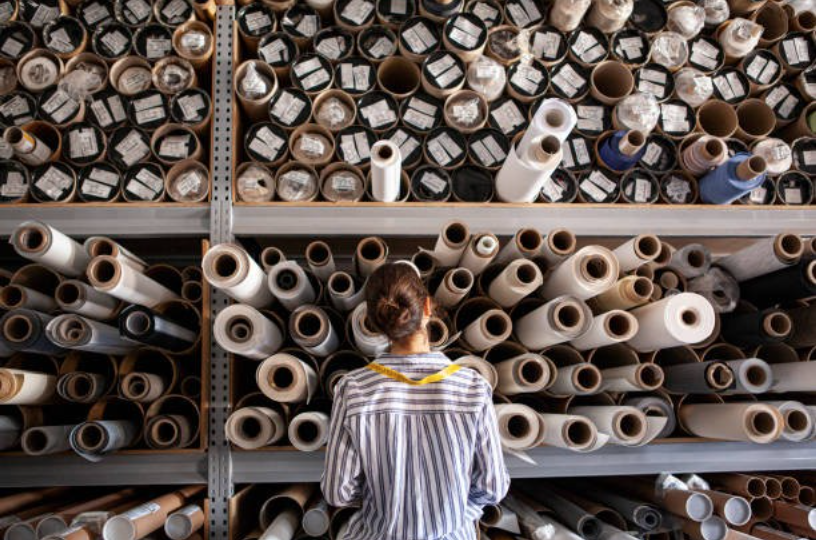
Subscribe To Emails
Subscribe to the YourCotton mailing list to receive updates on new arrivals and promotions (about once every 6 weeks)!

Rayon and cotton have been two of the most popular fabrics used in clothes for years, but do you know why one might be better than the other? In this blog post, we'll explore how rayon and cotton compare in terms of comfort, style, fabric quality, and sustainability. We'll also weigh their pros and cons to help you make an informed decision when shopping for your next outfit. So keep reading to learn more about this vital textile comparison that could affect your wardrobe choices and environmental impact.

Rayon fabric is a term that refers to a range of regenerated fibers, with some of the most common rayons being viscose rayon, natural fiber rayon, bamboo rayon, and Tencel. Despite their names and claims to be "natural," rayon fiber is an artificial plant-based fiber that has been around for decades.
It's not only traditional rayons such as viscose rayon and bamboo rayon that we should be aware of either; any new innovative fiber that starts life with a plant source can class under the umbrella term rayon. In other words, from cactus fibers and lotus fibers to banana "silk" fibers, it's all rayon! Paying attention to the process used to create these other rayons - whether lyocell (Tencel), viscose, or something else - is critical for customers wanting true transparency about the materials used in any garment or fabric.
Rayon is a manufactured fabric that is derived from wood pulp, which is a natural cellulose fiber. Cotton and rayon are often used in fabric blends because they have similar properties. The wood pulp is treated with chemicals to break down into individual fibers, then spun into yarn. The yarn is woven or knitted into fabric. The wood pulp used to make rayon can come from any plant, but it is most commonly made from wood chips or bamboo.
Cotton is a type of fabric that is made from cotton plants. The cotton plant is a shrub that is native to tropical and subtropical regions around the world. The cotton plant has white flowers and small, round fruits. The cotton plant produces a natural fiber used to make cotton fabrics. Cotton fabrics are soft, strong, and absorbent.
Cotton is a natural fiber most commonly used to make fabric for clothing. It also creates other materials like cotton balls, swabs, and gauze. Cotton is strong and durable, but it can shrink and wrinkle easily. Organic cotton is cotton that is grown without the use of pesticides or other chemicals.
Cotton rayon fabric blend is a blend of cotton and rayon fibers. Rayon is a synthetic fiber that is made from cellulose. It is often used to make clothing that looks like silk or wool. But as a general rule, cotton and rayon will have the same strength. Cotton fabrics are often lauded for their natural fibers, which make them breathable and durable. However, not all cotton is created equal.
Organic cotton fabric, for example, is made without harmful pesticides and chemicals, making it a more sustainable choice. But when it comes to strength, cotton, and rayon fabrics are generally on par with each other. So, choosing cotton or rayon will ultimately come down to personal preference.

Cotton shirts and cotton sheets are examples of fabrics with high absorbency. This means they are good at absorbing water from the air and when submerged. Good absorbency in a material creates a more comfortable feel that leaves you feeling cool instead of clammy. And fabrics with high absorbency also tend to have lower rates of static cling.
While being packed, figuring out why some garments are more likely to wrinkle than others seems like a mystery, but it's pretty straightforward. Fabrics can be broken down into two main categories; knits and woven fabrics. Knits have more excellent resiliency when crushed than woven fabrics, making them much less prone to deep wrinkles or creases.
Typical fabrics used for clothing are cotton, viscose rayon, and lyocell rayon - all of which have relatively poor resiliency when crushed. Interestingly, the rayons behave quite a lot like cotton during this process. Although lyocell is slightly better at staving off wrinkles than its counterparts, these options are only ideal if you're planning to take them with you on vacation. Polyester is still one of the most wrinkle-resistant fibers available today.
Cotton is the most accessible fabric to clean and take care of. It is highly absorbent so it can handle spills and stains easily. Cotton is also easy to launder. You can wash it in the machine on a gentle cycle with warm water. Rayon, on the other hand, is a bit more delicate. It is not as absorbent as cotton, so it is more likely to stain. Additionally, rayon should be hand-washed or dry-cleaned to prevent damage.
Rayon and cotton have both been recently discovered to be biodegradable. This is exciting news since it reduces the amount of textile waste that clogs our landfills. However, a recent study has found that rayon degrades much faster than cotton, making it an even better option for sustainable fabrics.
But there is more to consider than just the rate at which these fibers break down. The dyes and chemicals used for textile finishes can also affect environmental health. Therefore, if we want these biodegradable fabrics to benefit our soil, we must also pay attention to their origins, ensuring they are free from hazardous chemicals.

While it might seem like a quickly answered question, deciding between rayon and cotton for your clothing can be pretty tricky. Each fabric has advantages and disadvantages, and understanding the pros and cons requires research. Rayon might be the best option if you’re looking for something lightweight but with a luxurious feel.
However, suppose you need something substantial to use for long-term applications or live in a humid environment, where resistance to mildew is essential. In that case, cotton might be the better choice. It all comes down to personal preference and understanding what features you prioritize most in terms of durability, breathability, texture, comfort, etc. When confronted with the excellent rayon vs. cotton debate, the answer is that there is no correct answer - what works best will ultimately depend on your individual needs and preferences.